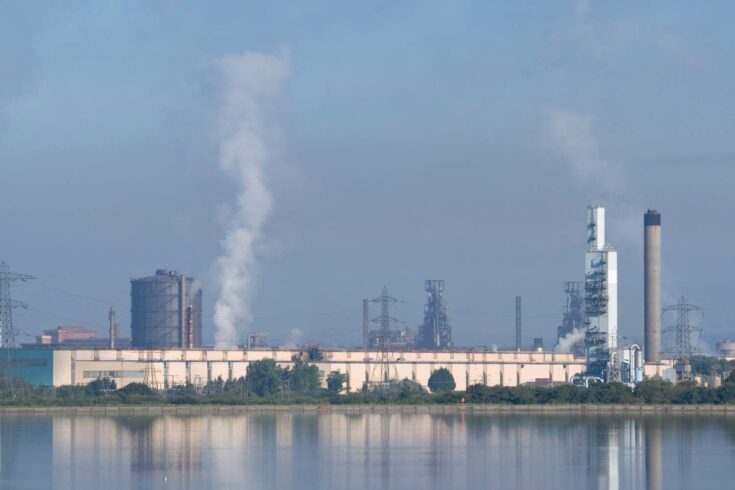South Wales includes an unusually diverse set of industries, from papermaking to the import of liquefied natural gas. It has some major emitters of carbon dioxide (CO2), including Tata Steel at Port Talbot and refineries at Milford Haven.
Currently, South Wales industry emits some 16 million tonnes of CO2 annually (six million tonnes coming from power stations).
The region has a growing offshore wind capability, as well as tidal power, the waters off South Wales have the second-highest tidal range in the world.
And while it has promising sources of renewable energy, South Wales, like most places in southern Britain, doesn’t have access to significant local geological storage sites for CO2. It has no rock layers beneath the sea that could be used to lock away CO2, as there are in the North Sea, for example.
Tony Parton is Managing Director of consultancy CR Plus, which is leading the development of the ambitious decarbonisation plan for the South Wales Industrial Cluster (SWIC). It is entitled South Wales Industry, a Plan for Clean Growth (supported with more than £1.4 million through the IDC).
Many industry players involved
Tony Parton explains that the South Wales project is also unusual in having so many industry players involved.
He said:
We have 30 industry partners signed-up as full project participants. That gives us a particular, industry-focused lens as we develop a roadmap for reaching net zero.
South Wales as a whole will need to work with other clusters.
This includes:
- shipping CO2 for storage in other regions
- acting as an entry point through its major ports for blue and green hydrogen sources, which other areas of the UK can use to develop their own net zero plans.
Focus on existing industry
Plans in South Wales are being developed with a focus on existing industry.
Tony Parton said:
We’ve looked first at the demand side.
He further added:
…assessing what existing industrial sites need or can contribute to adjacent communities. Not beginning with the possibilities of having a major offshore site for storing CO2 has created a really innovative way of thinking within the SWIC team that is beginning to be exploited.
A number of different approaches are being explored, with technological options being looked at for each of the big CO2-emitting sites.
Tackling questions
The project focuses on tackling different questions, including:
- could they use resources and energy more efficiently?
- could they switch to greener fuels, especially where solar or wind energy is available close to a site, without needing much additional infrastructure?
- could smart local networks, ‘clean growth hubs’, be created around the major industrial sites, with smaller business units perhaps using their waste materials or heat?
While carbon capture and storage will be part of the mix, with CO2 being shipped to other parts of the UK, the potential of carbon capture and use (CCU) is also being closely examined.
The aim here is partly to ensure that local communities benefit from decarbonisation, especially deprived local communities that are some distance from the coast.
Plants using CCU could provide a huge economic boost to deprived local communities inland, such as in the Welsh Valleys.
Combination of different solutions
The final plan is likely to include a combination of many different solutions.
Tony Parton said:
There’s no silver bullet.
He further added:
A good economic case can be made for many different solutions, and there’s a ‘sweet spot’ for each of them. The cluster plan is defining the parts differing solutions can play.
But from the small scale to the large, the emphasis will be on working together.
Tony Parton said:
Even at the very local level, a circular economy solution is all about collaboration. Then at the much bigger scale, different UK clusters need to integrate and optimise our approaches.

